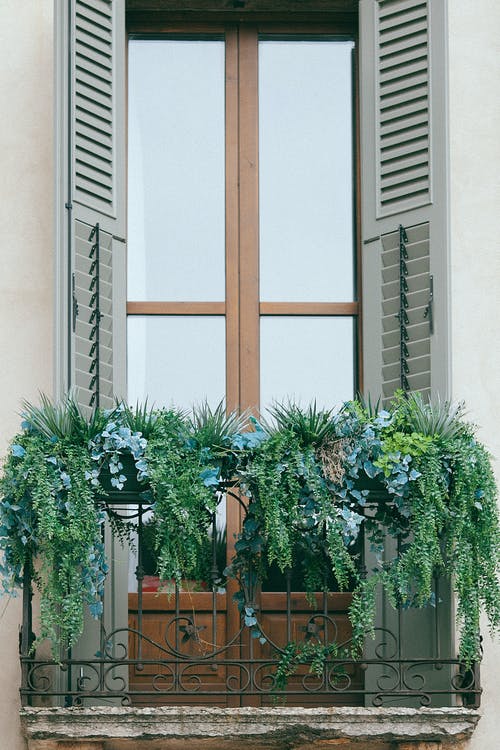Do you love and enjoy planting but find gardening to be stressful? Do you shudder every time you’re given a plant and told you’ll “Certainly kill it within a week”? Do you enviously admire your neighbours’’, friends’, and relatives’ green thumbs while battling to maintain even one houseplant alive? There’s no need to be shy if this describes you. Many people struggle to keep plants alive at first, but anybody can learn to do it with time, effort, and a little guidance. You don’t have to accept that you’ll never be able to do anything just because it doesn’t come easily to you.
Choose the right pot – Proper drainage is critical for your plant. A hole in the bottom of the pot is ideal so that excess water may drain out of the soil and gather in a tray beneath the garden pots. If no such hole exists, all excess water is retained in the earth. This is oftentimes more water than the plant can take, resulting in “drowning” of the plant. If your plant appears wilted and droopy yet the soil remains damp, you most likely have a drainage problem, and the plant is excessively wet. Another thing that you should consider is that plant roots need room to stretch. The plant will become top-heavy if the roots don’t have enough area to extend out, and the roots won’t be able to sustain the quantity of foliage on your plant.

Use high-quality potting soil – If you’re repotting your houseplant from its original container into a larger pot, you’ll need to consider the sort of potting soil you’re using. Simply scooping dirt from your backyard isn’t enough. Purchase a bag of potting soil instead. These mixtures frequently include additional nutrients or fertilizers to keep your houseplant robust and healthy. You might be able to locate a potting mix made particularly for the plant you’re working with, depending on the species. If you’re planting a cactus or succulent, for example, there are frequently potting soils available that are specifically designed with the nutrients these plants require.
The Goldilocks Technique for Watering – Watering plants may be challenging, especially if you’re new to the hobby. If you give your plant too much water, it will drown. If you give the plant too little water, it will dry out and die. You’ll need to strike a careful balance between these two extremes if you want your plants to be happy and healthy. While some plants do well in wet soil, the vast majority do best when the soil is allowed to dry between watering. Feel the dirt, ideally towards the edge of the container, to see if your plant requires water. It’s time to water if the dirt seems dry and crumbly. If it still feels moist, don’t add any more water just yet.

At the end of the day, each plant has its own set of needs. While there are many general guidelines that apply to most plants, taking the time to learn about each type of plant individually will yield the best outcomes and the highest percentage of success.



